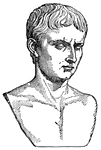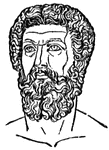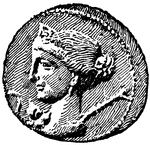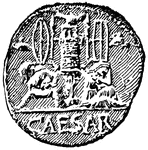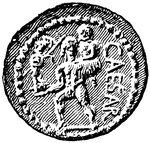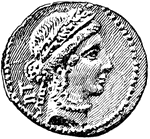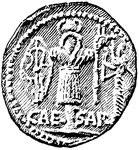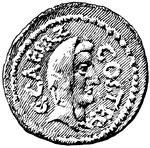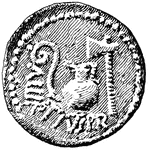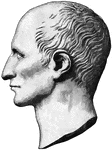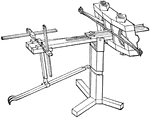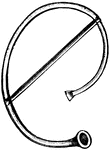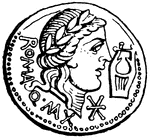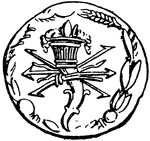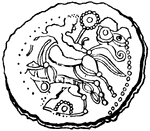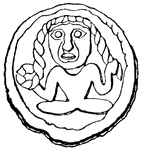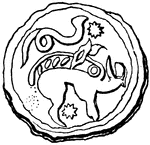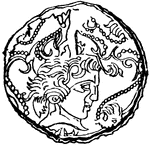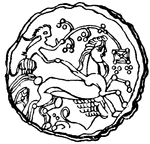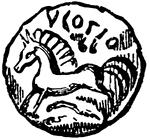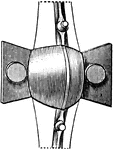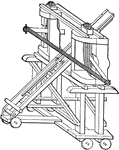
Ballista
The Ballista is a device for throwing large darts very accurately. The Roman Ballistas threw stones…

Bennett and Reid Assailing Ceasarism
Bennett and Reid (New York Herald and New York Tribune) assail the apparition of Caesarism. In the eye…
!["After a successful summer campaign, [Caesar] made his way to the coast and cross over into Britain. He then withdrew into his winter-quarters in Gaul, but in the following year returned into the island, defeated the British Celts under their king Cassivellaunus, and reduced the country to a dependency, compelling the Britons to pay tribute and give hostages."](https://etc.usf.edu/clipart/78900/78943/78943_landing_01_mth.gif)
Landing of the Romans in Britain
"After a successful summer campaign, [Caesar] made his way to the coast and cross over into Britain.…
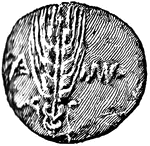
British Coin
British coin of the time period of the Roman invasion in the Gallic War, B.C. 54. Front.
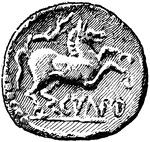
British Coin
British coin of the time period of the Roman invasion in the Gallic War, B.C. 54. Back.
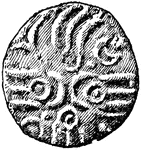
British Coin
British coin of the time period of the Roman invasion in the Gallic War, B.C. 54. Front.
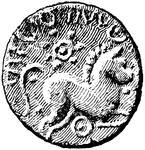
British Coin
British coin of the time period of the Roman invasion in the Gallic War, B.C. 54. Back.

Marcus Junius Brutus
(85 B.C.-42 B.C.) Brutus was a celebrated Roman who was involved in politics. He sympathized with Caesar…

Caesar
"Julius Caesar was the leader of the popular party, who in a few years was destined to prove himself…
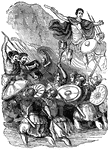
Caesar in England
"All histories of England commence with the invasion of Julius Caesar, the earliest event in that quarter…

Caesar's Bridge Over the Rhine
A bridge built by Julius Caesar and his legionaries to aid in crossing the Rhine River. They are considered…
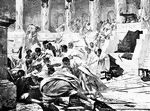
Caesar's Death
"The Death of Caesar. Naturaly such extraordinary success made him enemies, and though the city seemed…

Julius Caesar
(100 BC- 44 BC) A Roman military and political leader and one of the most influential men in world history.
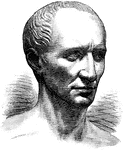
Julius Caesar
An image depicting Julius Caesar, a Roman general and statesman. He was a key component to the shift…
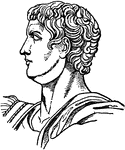
Caligula
Gaius Julius Caesar Augustus Germanicus, known as Caligula was the third Roman Emperor and a member…
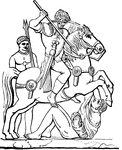
Cavalryman Charging
Charging cavalryman pictured trampling an enemy soldier and holding a spear in the Gallic War.

Roman Centurion
A Centurio was a low-to-middle ranking officer in charge of a "century," ideally 100 men but ranging…

Cleopatra
(69 B.C.- 30 B.C.) Cleopatra was Queen of Egypt. She had a history with Caesar and went through two…

Coin of Diviciacus
The Coin of the King of the Suessiones, Diviciacus, with bust on front and prancing horse on back. Front.
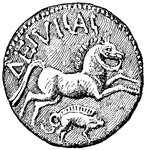
Coin of Diviciacus
The Coin of the King of the Suessiones, Diviciacus, with bust on front and prancing horse on back. Back.

